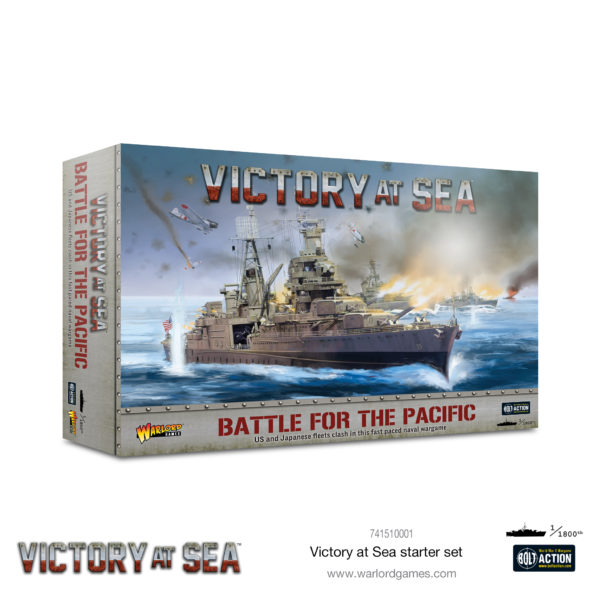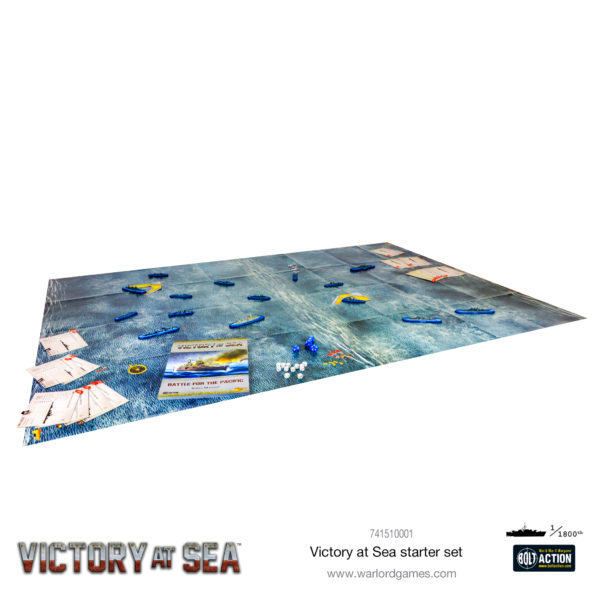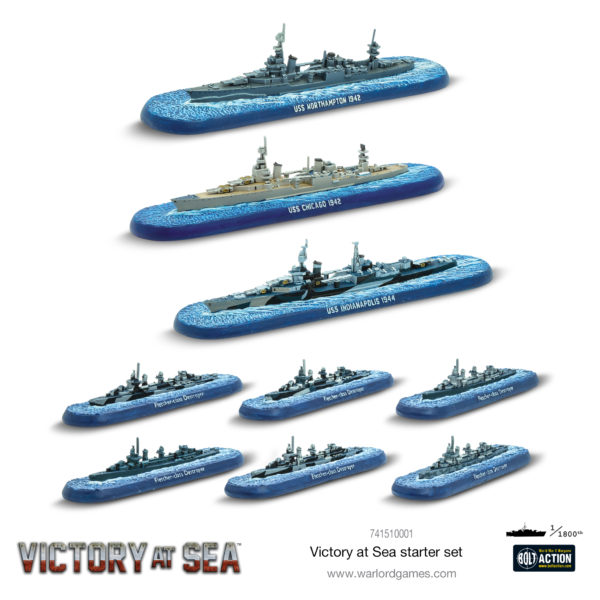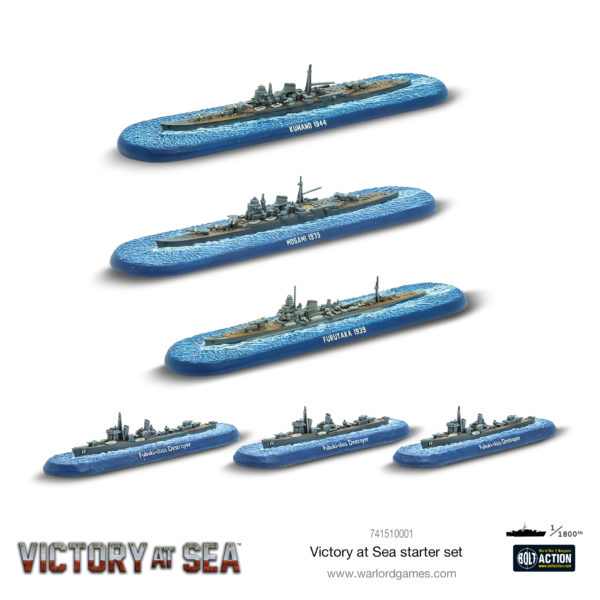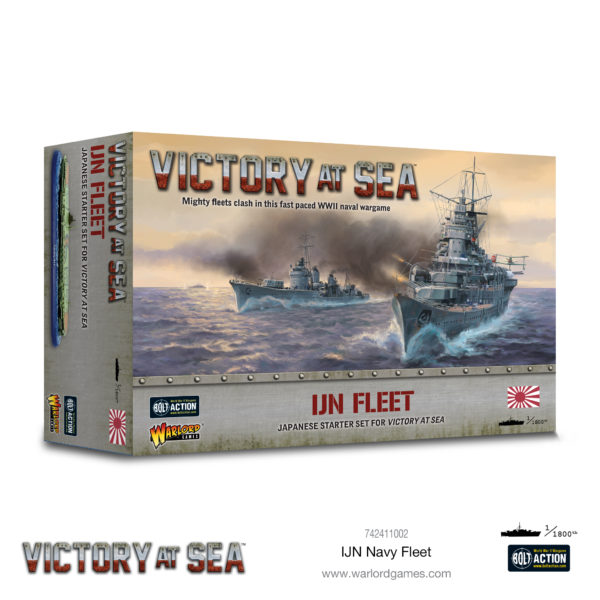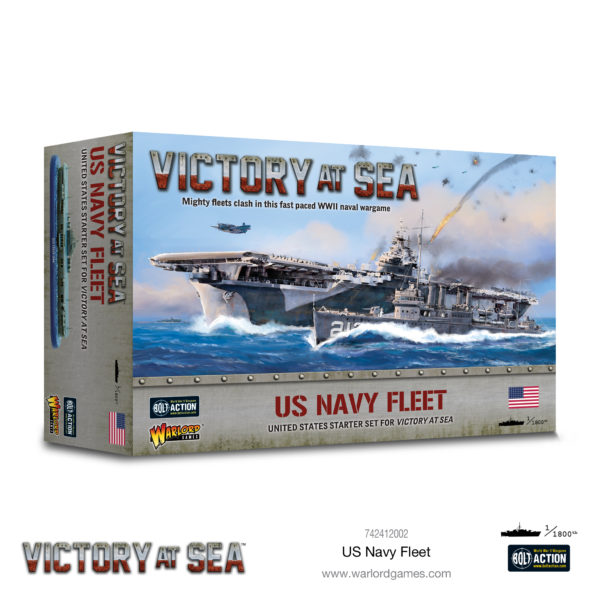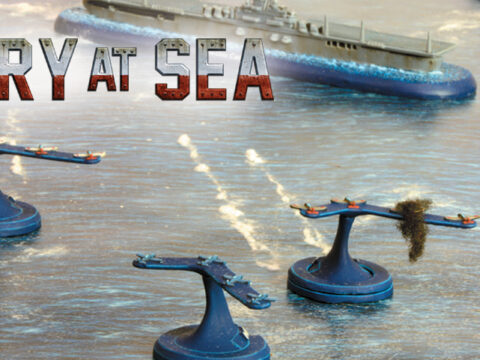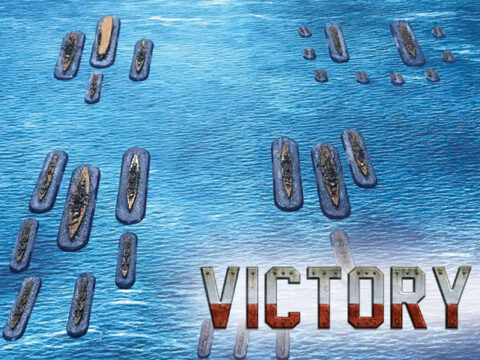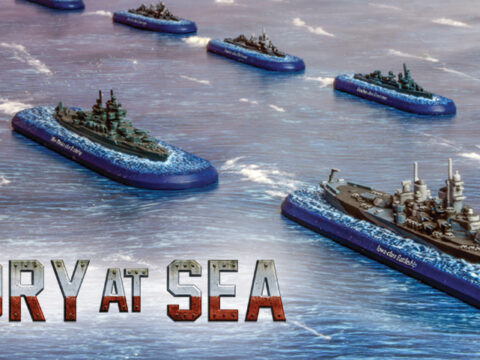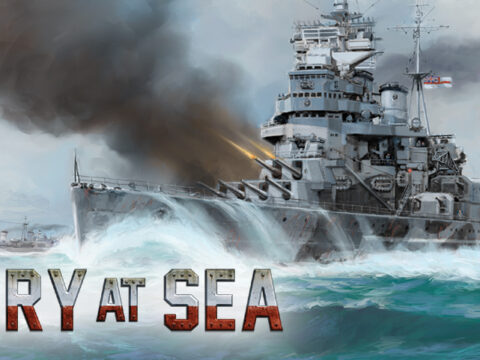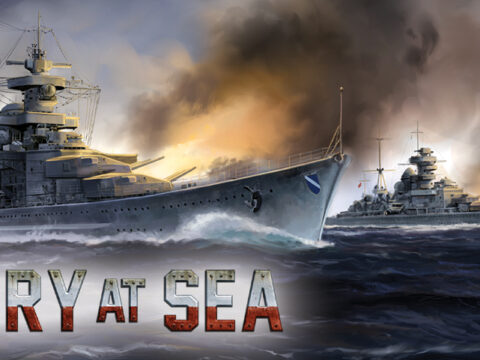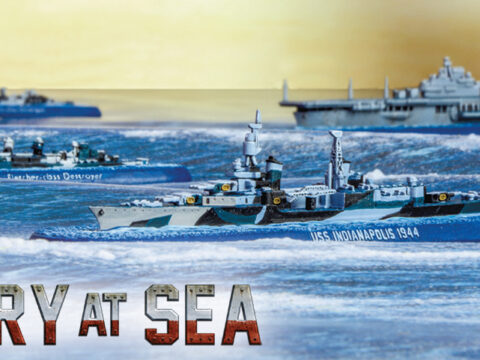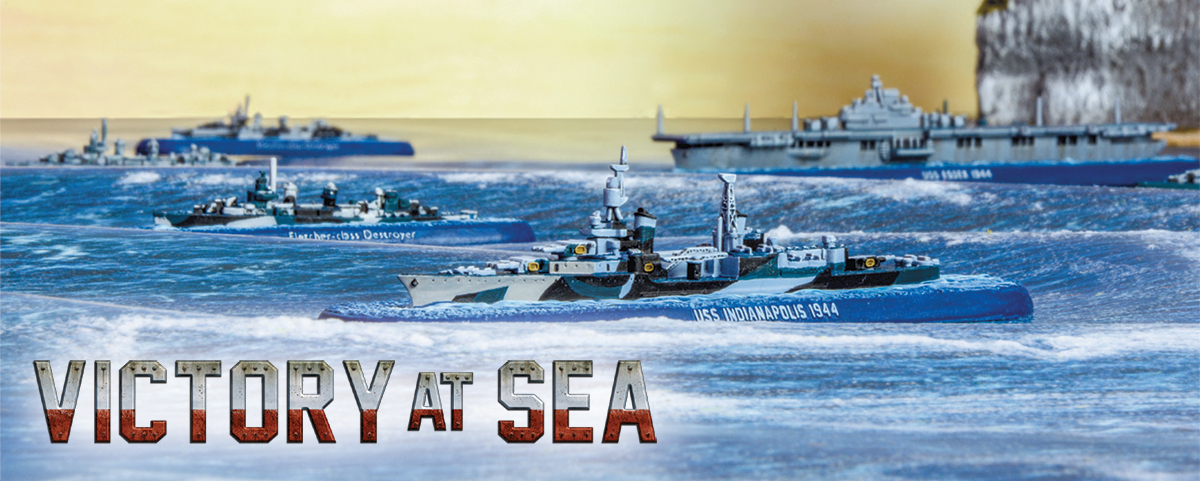
The Aleutian island chain, off Alaska’s western coast, were some of the remotest American possessions, and therefore most vulnerable to attack, as transporting a relief force would take considerable time and resources. On June 6th and June 7th 1942, the Japanese took control of the islands of Kiska and Attu, garrisoning them with men and aircraft.
Victory at Sea
The focus of our starter set is the Battle for the Pacific, with 15 highly detailed 1/1800 scale ships for the US Navy and the IJN. It contains everything you need to get both fleets sailing, including game mat, dice and ship cards. You’ll be acting an Admiral in no time!
Control of the Aleutians allowed the Japanese Navy to secure their northern flank, allowing them to dominate shipping routes across the Pacific Ocean. However, the Japanese position was far from secure – the invasion force was stranded on two windswept islands, thousands of miles from any other friendly forces.
When United States naval intelligence got wind of an operation to resupply the Japanese garrisons, they dispatched a cruiser squadron to intercept the convoy and destroy it! What unfolded was to be one of the last pure gunnery duels in naval history, as neither fleet was supported by aircraft or submarines!
The Battle of the Komandorski Islands
Early in the morning on March 27th 1942, the two sides clashed. Consisting of the heavy cruiser Salt Lake City, the light cruiser Richmond and the destroyers Coghlan, Bailey, Dale and Monaghan, the US squadron expected to be engaging a force of a similar size and composition.
Unfortunately, US naval intelligence had dropped the ball, and the Japanese squadron had been reinforced by two more cruisers. Comprised of the heavy cruisers Maya and Nachi, the light cruisers Tama and Abukuma and the destroyers Wakaba, Hatsushimo, Ikazuchi and Inazuma, the Japanese squadron easily outgunned their American counterparts.
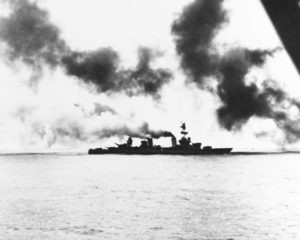 An intense gunnery duel broke at 20,000 yards, with the Nachi and Maya opening up on the Salt Lake City and Richmond. Fire from the Richmond hit the Nachi’s bridge, control room and mainmast, damaging her power plant and radio communication. Salt Lake City was hit by six eight-inch shells from the Maya and left dead in the water, her boiler fires smothered by saltwater.
An intense gunnery duel broke at 20,000 yards, with the Nachi and Maya opening up on the Salt Lake City and Richmond. Fire from the Richmond hit the Nachi’s bridge, control room and mainmast, damaging her power plant and radio communication. Salt Lake City was hit by six eight-inch shells from the Maya and left dead in the water, her boiler fires smothered by saltwater.
Covered by smoke from the destroyers, who launched an unsuccessful torpedo attack on the Japanese squadron, Salt Lake City was able to restart her boilers. At this point, unable to communicate with their flagship, and knocked about by enemy gunfire, the Japanese squadron retired. The Admiral in command had not realised quite how much damage he’d done to the enemy, and didn’t want to hang around for enemy warplanes to show up.
During the battle, Salt Lake City fired 806 armour-piercing and 26 high-explosive shells.
Re-Fighting the Battle
This battle is perfect for getting to grips with Victory at Sea – it’s a simple engagement that relies on clever manoeuvring and gunnery, particularly on the part of the American player. Make sure you grab the Japanese and American fleets to get started on your squadrons!

